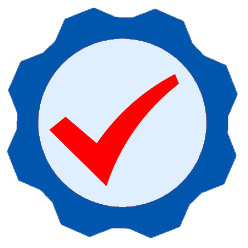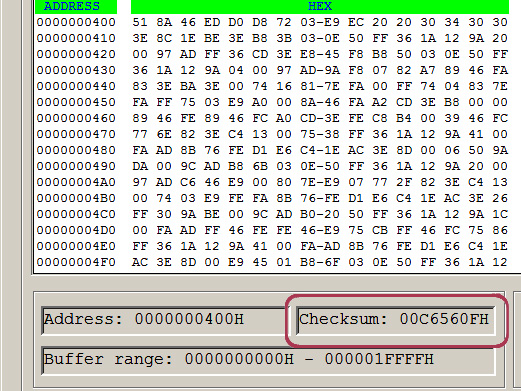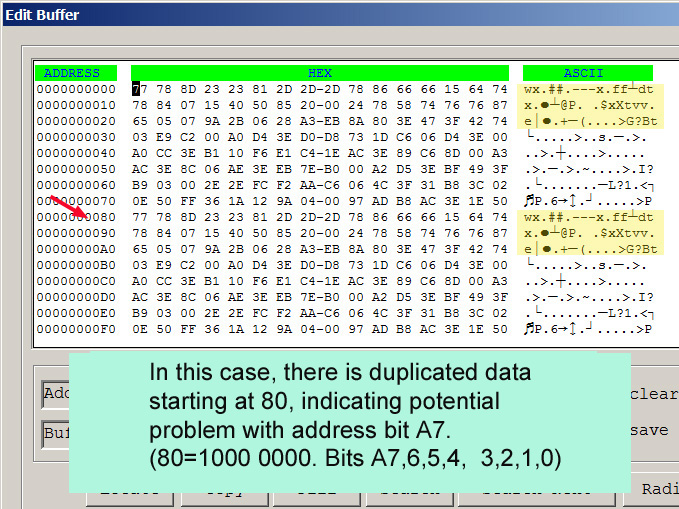
|
Universal Programmer, EPROM Programmer |

|
Universal Programmer, EPROM Programmer |

|
Best Practices for EPROM Programming, IC Chip Programming, and Reading of IC Chips with Critical Data |

|
(3) Select the right device in the software The right device needs to be selected from the list of devices in the software. If the wrong device is selected, the programmer may apply the wrong voltages to the wrong pins and may damage a device. For example, if you have a 2764A, you cannot select a 2764, which uses a higher voltage. More ... |

|
(4) Reading the Master When we are given a master IC chip from a customer to make volume copies, we handle it very carefully, especially if it is one of a kind. Here are the steps we take. Hope they will help you when you need to read from IC chips that contain critical data. (A) Test the setup with one of OUR OWN IC chips before touching the master. More ... |

|
(5) Make good use of checksums When you name a data file, it is a good idea to embed the checksum as a part of the filename. For example: PN3051-CS=1234.hex When you or your operator load the data file a month from now, if the s/w displays a different checksum than 1234, then you know something may be wrong. More ... |

|
(6) Examination of data After you have saved the data into a data file and put the master safely away, it is wise to take a look at the data buffer. For example, if you see blocks of duplicated data at address 0000, 0080, 0100, 0180, ... it suggests that IC pin for address A7 may not be connected. More ... |